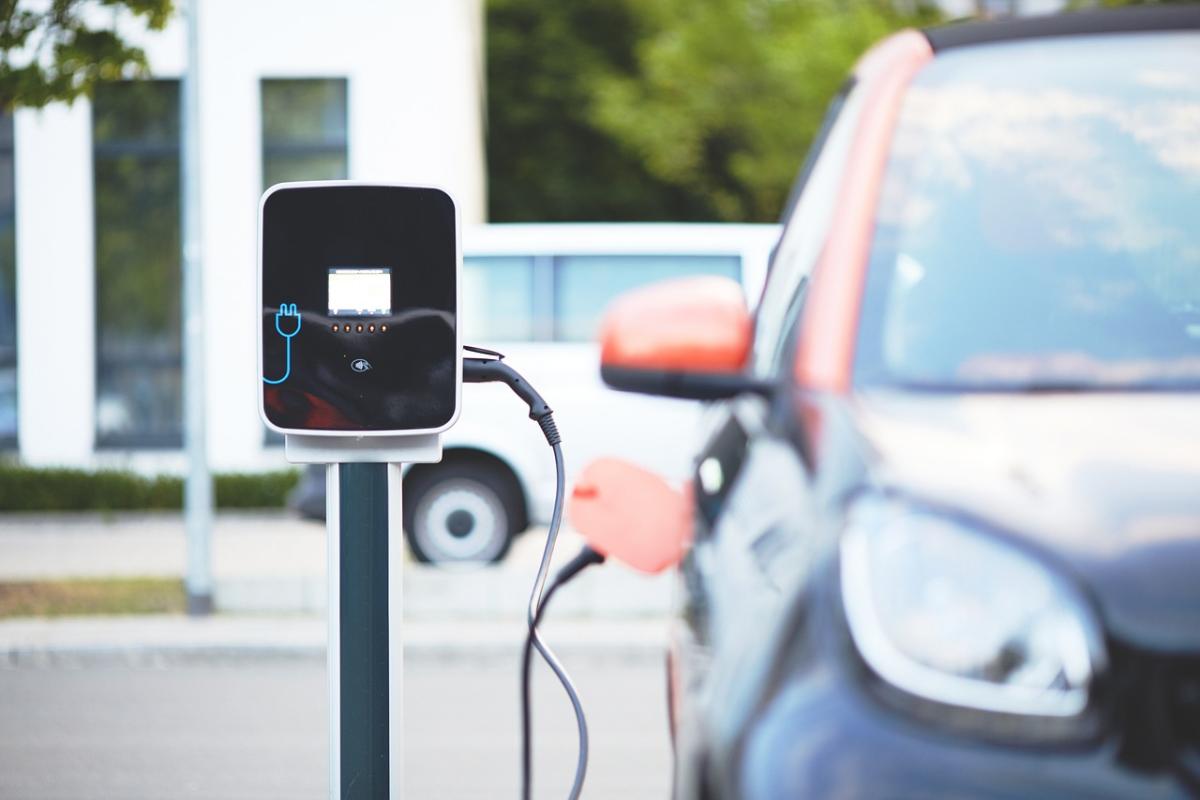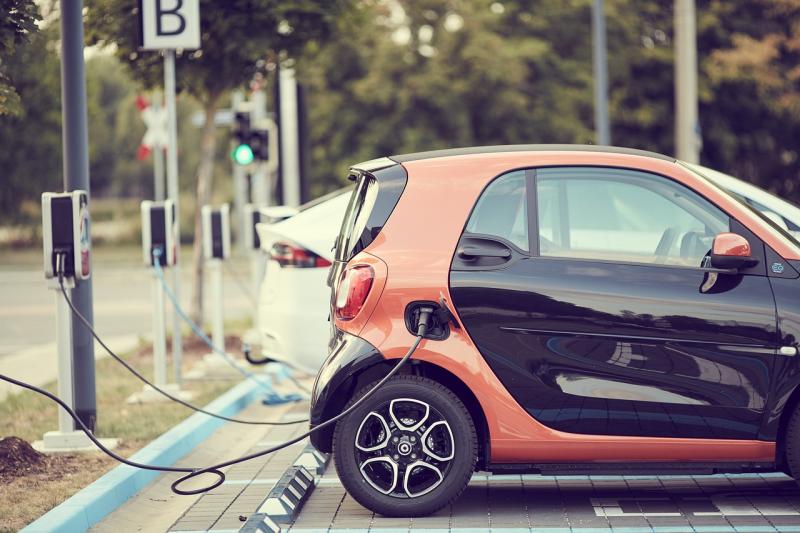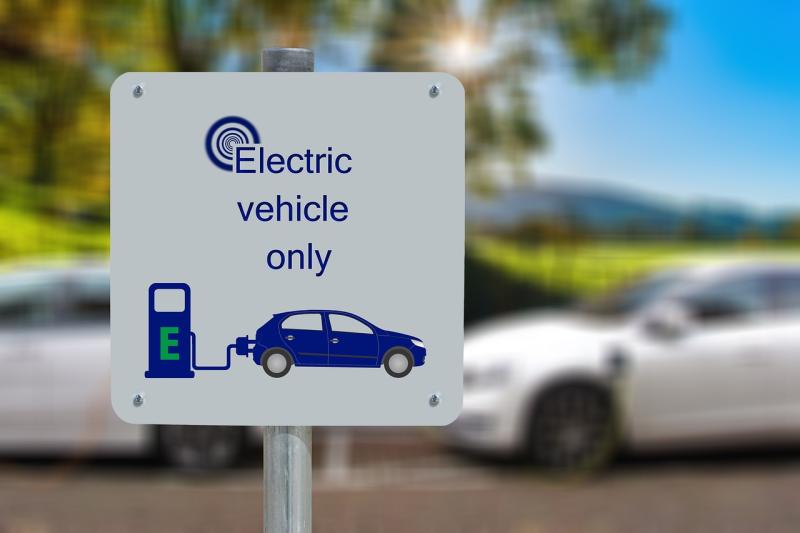Next, consider where you’ll be charging. If you can only charge at home, a Level 2 charger is a solid choice. These chargers can juice up your car faster than a standard 120-volt outlet. If you’re looking at public charging, check out the options available in your area. Sometimes, fast-charging stations can get your battery back to a suitable level in no time!
Another thing to keep in mind is the charger’s compatibility. Most EVs fit with universal chargers, but it's always smart to double-check. Look for features like smart charging capabilities, which let you monitor your charging sessions from your phone.
Lastly, think about installation. Some chargers just plug in, while others might require a bit more work. If you're not handy, consider hiring a pro to get things set up right. The last thing you want is to have a fancy charger just sitting there, unused!
Types of Charging Stations Explained
Choosing the right charging station for your electric vehicle can feel a bit overwhelming with all the options out there. Let’s break it down simply.
Level 1 Chargers: These are the basic chargers that come with most EVs. You can plug them into a regular household outlet. They’re convenient for overnight charging but can be pretty slow. If you’re using a Level 1 charger, expect to gain around 3-10 miles of range per hour. Perfect for those who don’t drive a ton in a day!
Level 2 Chargers: If you want to speed things up, Level 2 chargers are the way to go. These require a 240-volt outlet, like what you’d use for a clothes dryer. You’ll get a solid 10-60 miles of range per hour, making them great for home installations and public charging stations. If you’re serious about EVs, investing in one of these can really cut down your charging time.
DC Fast Chargers: Need to get going in a hurry? DC Fast Chargers can give you a huge boost in a short time. They deliver direct current to your vehicle and can add up to 80% of battery life in about 30 minutes. You’ll mostly find these at highway rest stops and busy urban locations. Just keep in mind that not all EVs can handle fast charging, so double-check your vehicle's specs.
Each type of charger has its place, depending on your needs and driving habits. Whether you’re charging at home or on the go, knowing the differences can help you make the best choice for your electric vehicle life!
Installation Tips for Easy Setup
Getting your electric vehicle (EV) charger set up doesn’t have to be a headache. With a few tips, you can have your charger up and running in no time. Here are some simple pointers to make the installation process smooth and easy.
First off, pick the right spot. Choose an area where you park your car frequently. It should be close to your home’s electrical panel but also accessible for your vehicle. Make sure there’s enough space around it for you to comfortably plug in and unplug without juggling your cables.
Next, check your electrical capacity. Some EV chargers need a dedicated circuit, so take a moment to find out if your home can handle the extra load. If you're unsure, ask a qualified electrician. They can give you the lowdown on your current setup and help you decide if any upgrades are necessary.
It’s also smart to consider the weather. If you’re installing your charger outdoors, make sure it’s rated for outdoor use. Look for chargers with weatherproof features to keep it safe from rain, snow, and other elements.
Lastly, read the manual before diving into installation. Most chargers come with straightforward instructions. Following them step-by-step can save you time and frustration. And don't forget to ask for help if you need it—it’s always better to have a buddy lend a hand!
Maintaining Your EV Charger for Longevity
Keeping your EV charger in top shape is a smart move if you want it to last a long time. Just like you take care of your car, your charger deserves some love too. Here are some easy tips to help you maintain it.
First, check the connections regularly. Loose or dirty connections can lead to poor charging and even damage your charger. Just give the plugs and ports a quick wipe with a dry cloth. If you spot any dirt or corrosion, a little cleaning goes a long way.
Next, keep an eye on the cable. Look for any frays or kinks. If you notice any damage, it’s best to replace it right away. A damaged cable can pose safety risks, and you don’t want to take any chances with electricity. Wrap it up neatly when not in use to avoid tangling and potential wear.
Lastly, consider the environment where your charger lives. If it's outside, make sure it’s sheltered from extreme weather. Rain, snow, and excessive sun can wear down your charger faster. If you can, bring it inside when storms roll in. These small steps will help you get the most out of your charger, ensuring reliable performance when you need it most.



